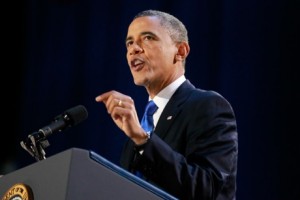
“I want to thank every American who participated in this election… …whether you voted for the very first time, or waited in line for a very long time. By the way, we have to fix that.”. The above phrase is quoted from reelected President Barack Obama’s acceptance speech on Wednesday, November 7,2012. He was talking of the many problems voters encountered during the weeks preceding the election, and especially, the inconveniences experienced while attempting to cast their ballots on Election Day.
In spite all these difficulties, which according to President Obama will receive due attention, it is evident the US have made significant progress in many aspects. The 2000 general elections marked the beginning of a transformation process that is still going ahead. In the last decade, several organizations have dedicated resources and efforts to advance the state of the art in election administration across the nation. The results are evident.
Federal resources, emanating from HAVA’s mandate to update voting equipment, began to flow into states electoral commissions to replace outdated systems, such as lever machines and punch cards systems. Also, the verifiability of the vote by means of the issuance of a physical record has gained ground. Precinct Optical Scanners (PCOS) are now the most popular voting technology in use. This system provides a digital version of the vote, as well as the paper ballot in which the voter marks his/her preference. The use of Direct-Recording Electronic Voting Machine with Voter Verified Paper Trail, another technology readily available, is also becoming popular, as it is user-friendly and provides a paper trail that allows for multiple auditing. Statewide use of voter registration databases has increased. Internet, as a means to increase participation is showing positive signs. Security features of present-day voting technologies are much more robust than in 2000.
Across the nation, groups such as Verified Voting, the Caltech/MIT Voting Technology Project and the Electoral Assistance Commission, have created and continue to create knowledge through extensive research aimed at improving election administration and enfranchising voters.
Although there is still ample room for improvement, the mere fact that an elected candidate has explicitly mentioned the state of the electoral system during an acceptance speech, is a clear sign of progress, and demonstrates the determination of the incumbent President to demolish the barriers currently preventing the US from having the kind of voting system a technological superpower deserves.